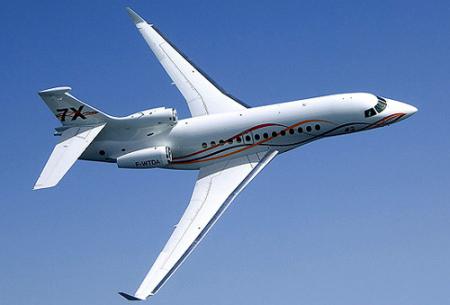TedR3
Pre-takeoff checklist
I was making my first unsupervised solo today. Because of visibility, I was forced to just stay in the pattern.
Everything went great but I had a situation arise where I was unsure what to do.
Before I took the runway on one lap, a Skylane announced it was leaving a holding pattern for a 10 mile final for a practice instrument approach. I made my crosswind call, and as I turned downwind the Skylane announced a 5 mile final (I think). When I made my downwind call, the Skylane responded that he was No. 2 to land and looking for me.
I made my base and final calls, and while I was on short final, he announced going around.
Two questions, who has the legal right of way here? And even if I did, should I have done a 360 on the downwind to allow the Skylane to land?
As I read the regs., an aircraft on final generally has the right of way, but if 2 aircraft are approaching the airport, the aircraft at lower altitude has the right of way. I would interpret that to mean an aircraft on downwind at pattern altitude has right of way over an aircraft on 5 mile final.
Nonetheless, I have feeling that the “right” thing to do would have been to do a 360 or depart the pattern and return on the 45 to allow the Skylane to complete its approach.
Everything went great but I had a situation arise where I was unsure what to do.
Before I took the runway on one lap, a Skylane announced it was leaving a holding pattern for a 10 mile final for a practice instrument approach. I made my crosswind call, and as I turned downwind the Skylane announced a 5 mile final (I think). When I made my downwind call, the Skylane responded that he was No. 2 to land and looking for me.
I made my base and final calls, and while I was on short final, he announced going around.
Two questions, who has the legal right of way here? And even if I did, should I have done a 360 on the downwind to allow the Skylane to land?
As I read the regs., an aircraft on final generally has the right of way, but if 2 aircraft are approaching the airport, the aircraft at lower altitude has the right of way. I would interpret that to mean an aircraft on downwind at pattern altitude has right of way over an aircraft on 5 mile final.
Nonetheless, I have feeling that the “right” thing to do would have been to do a 360 or depart the pattern and return on the 45 to allow the Skylane to complete its approach.


